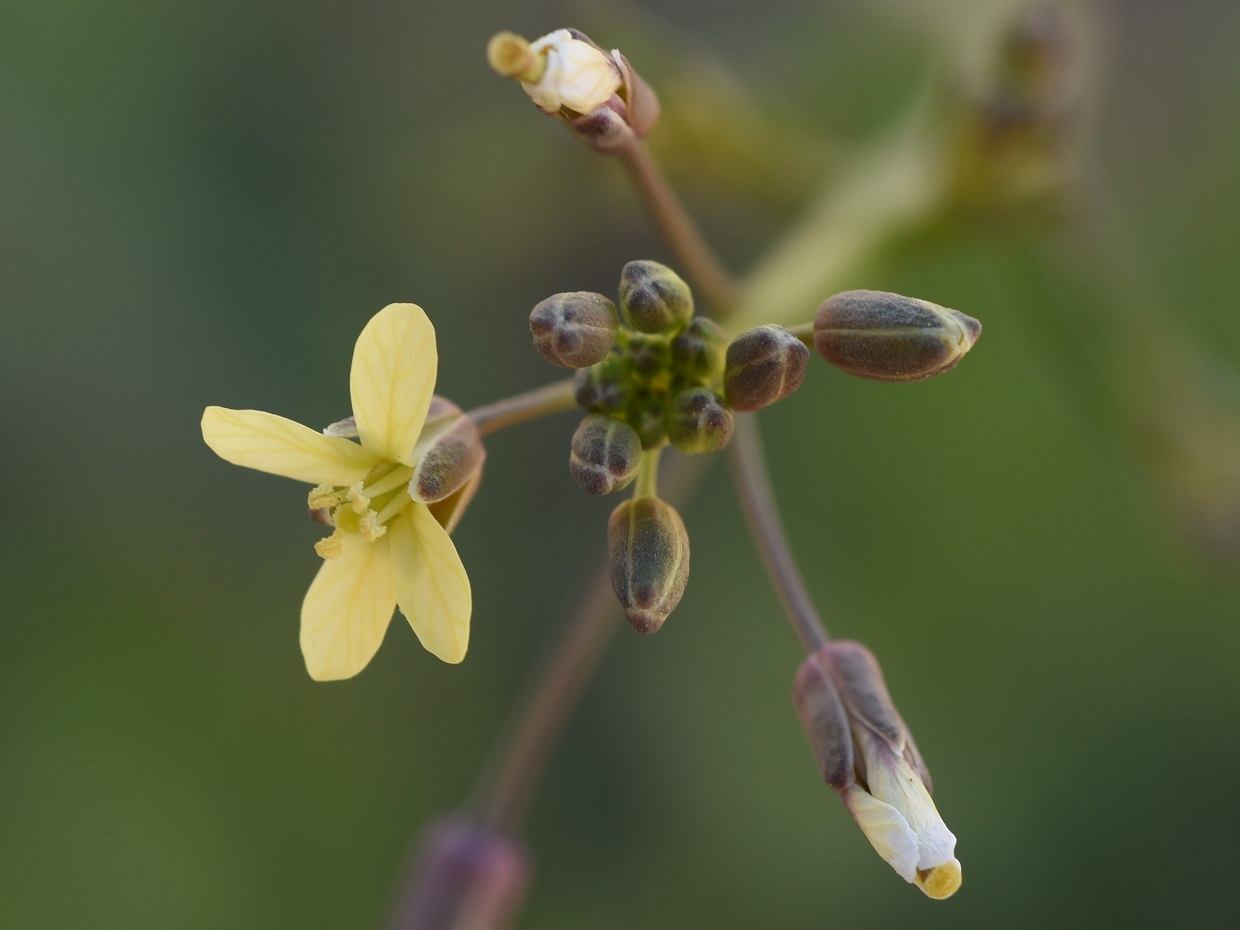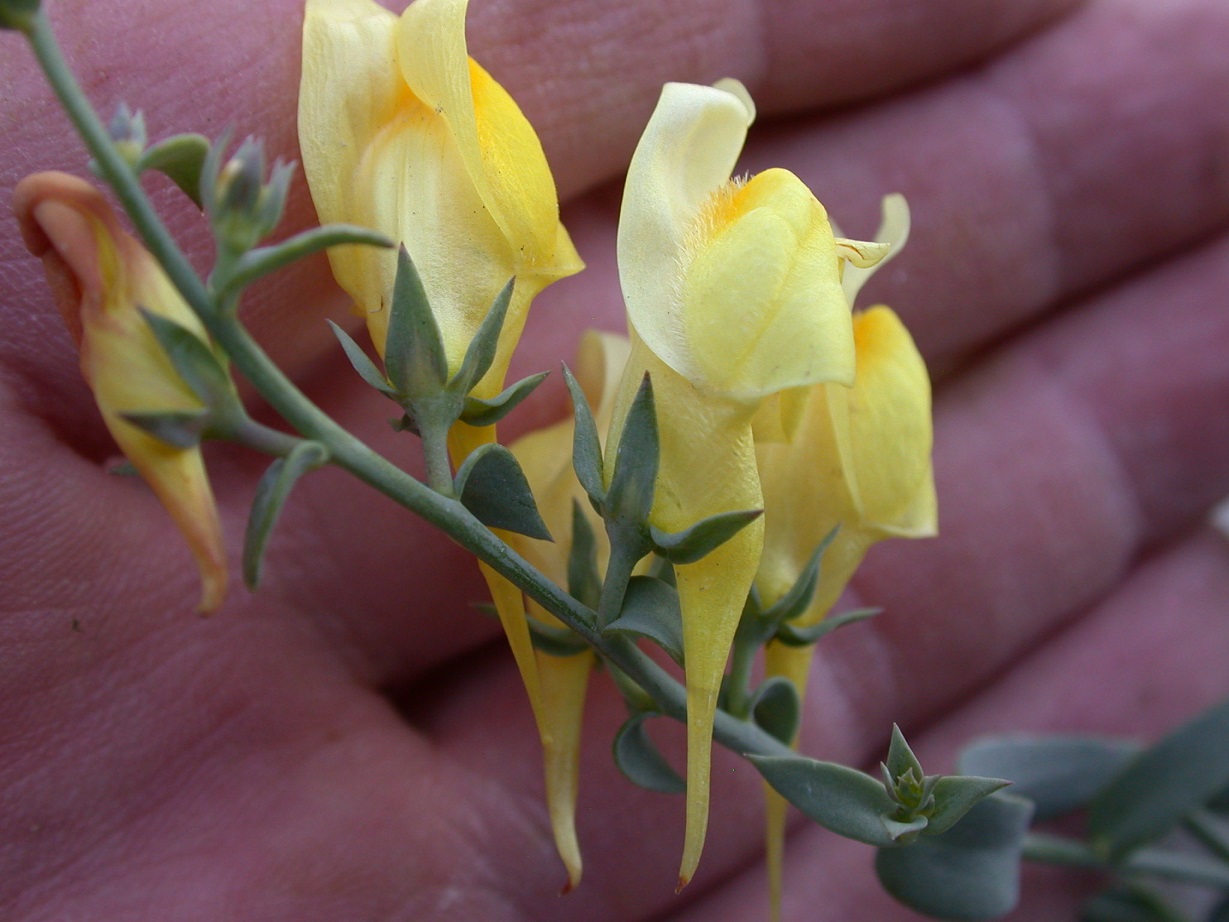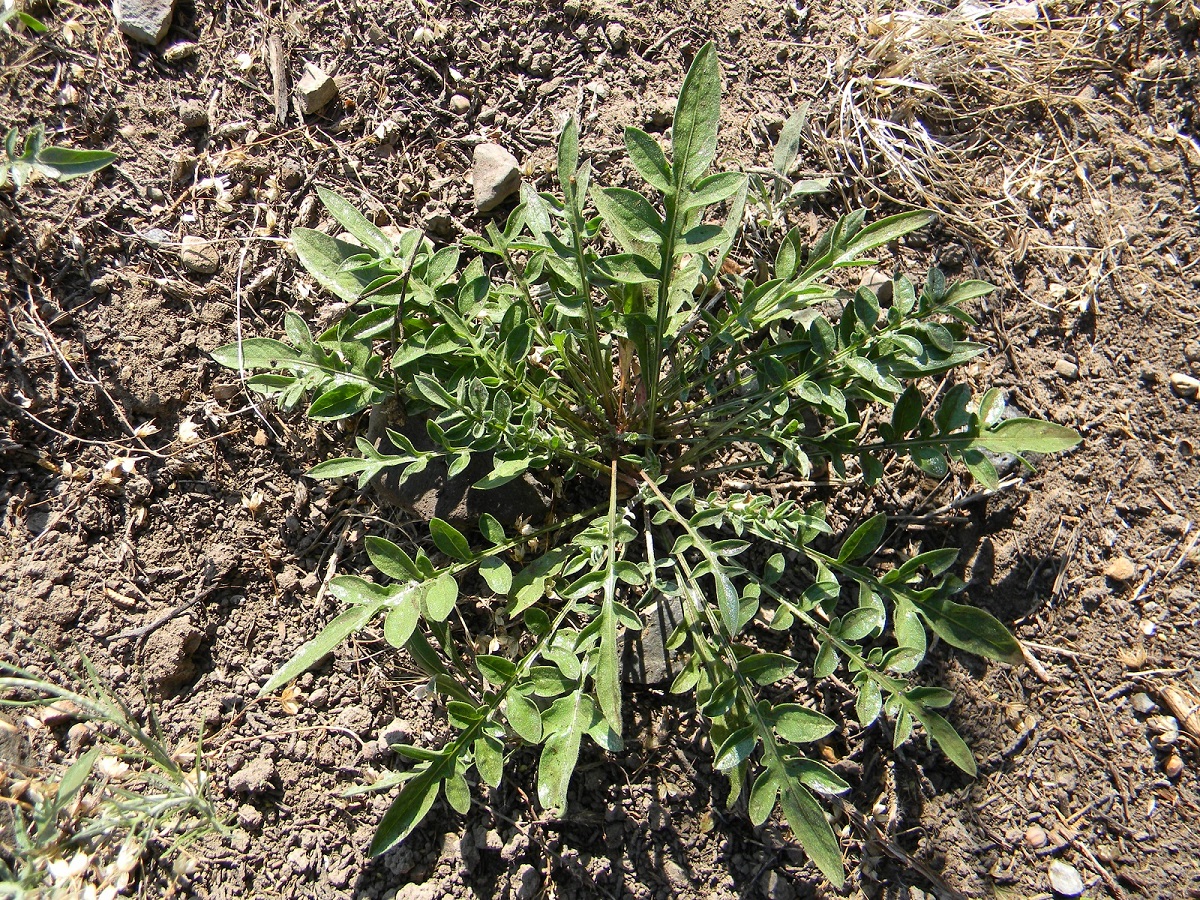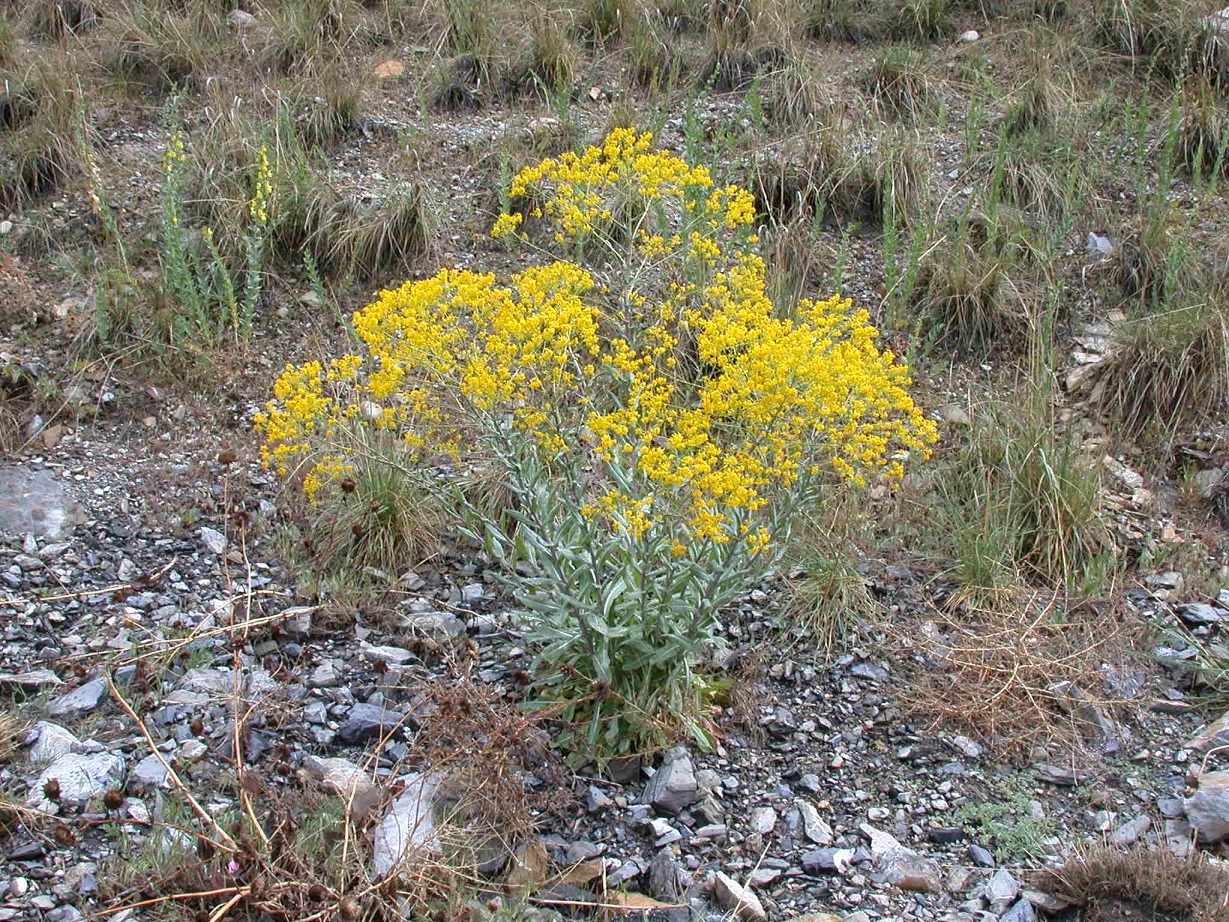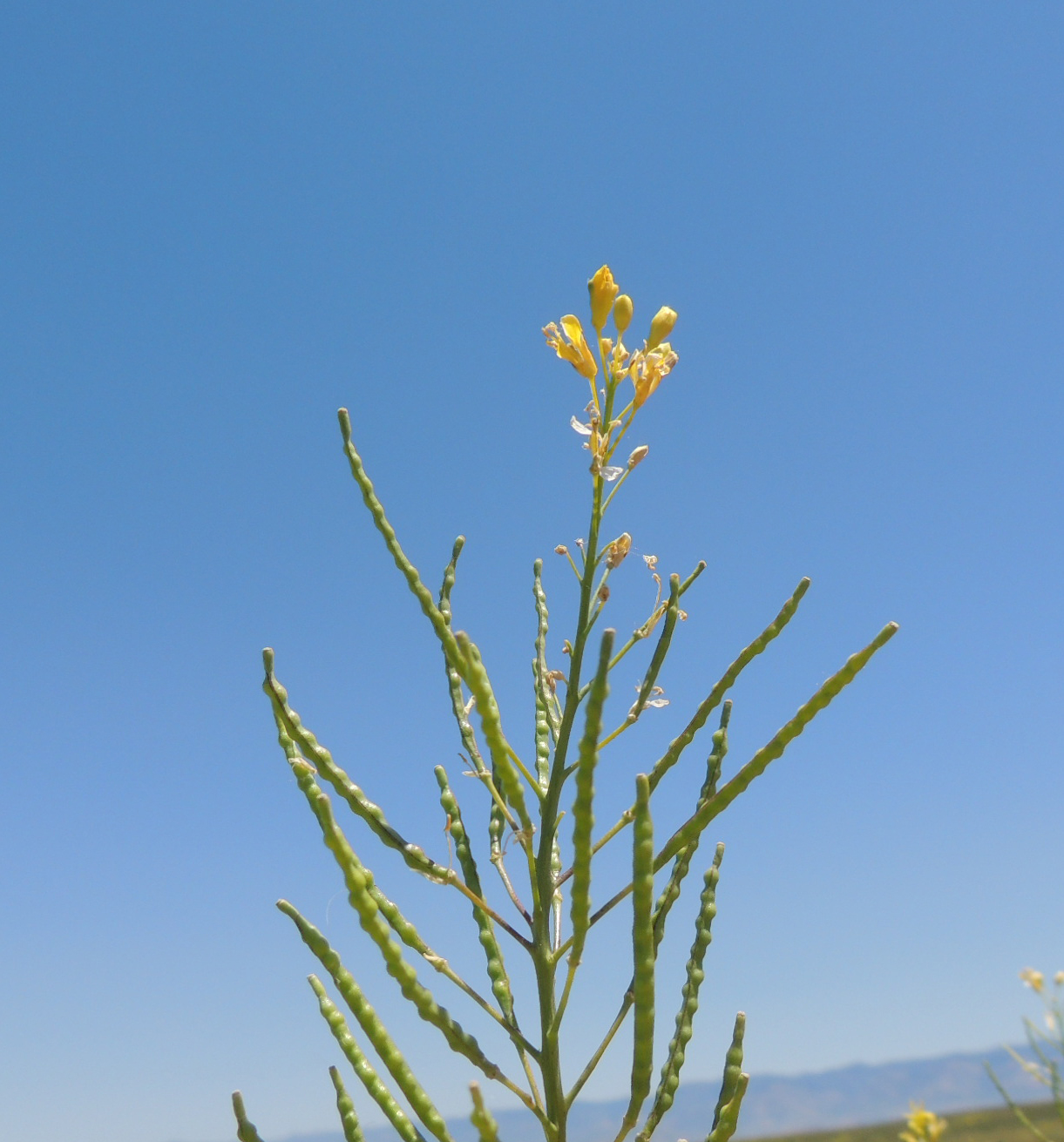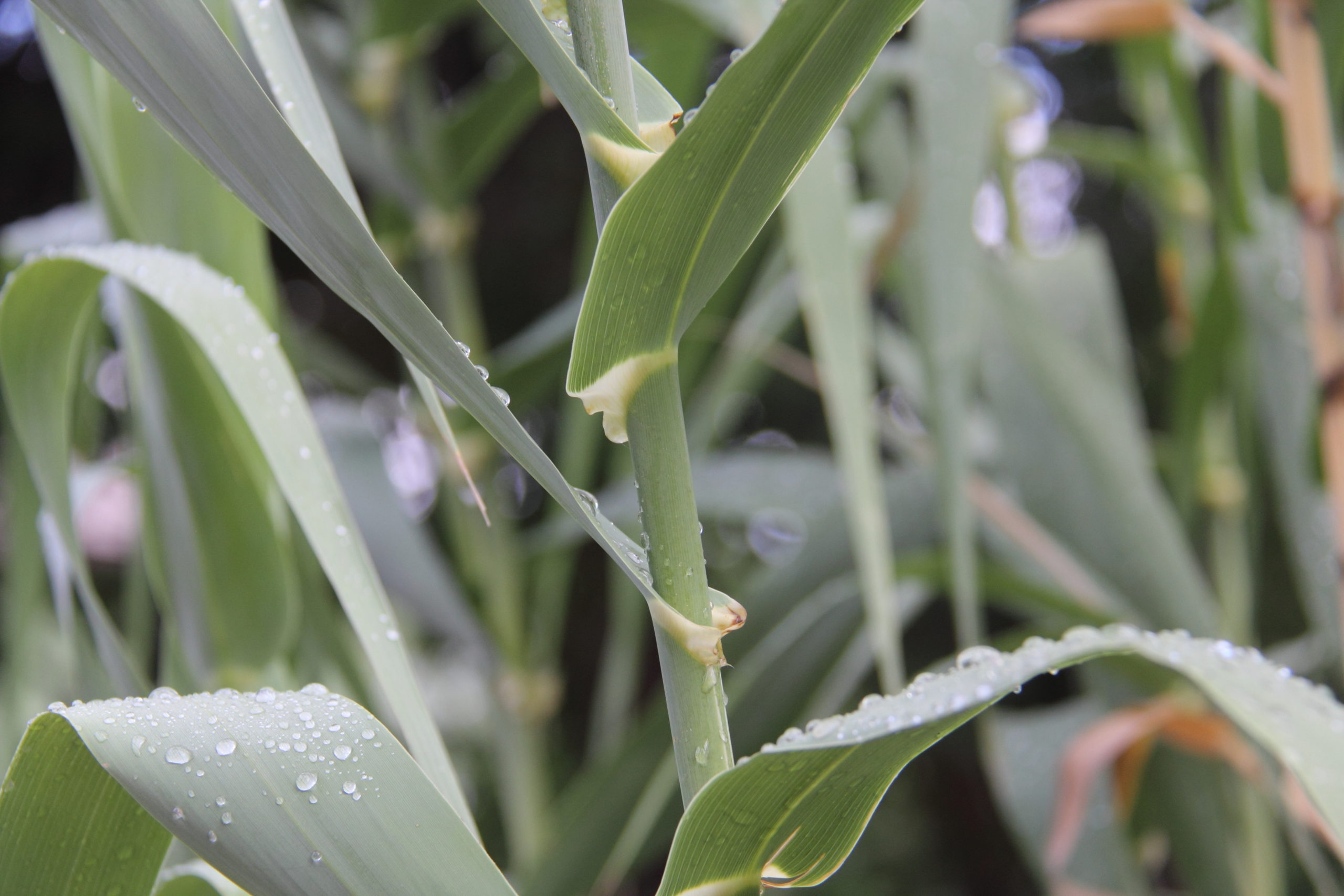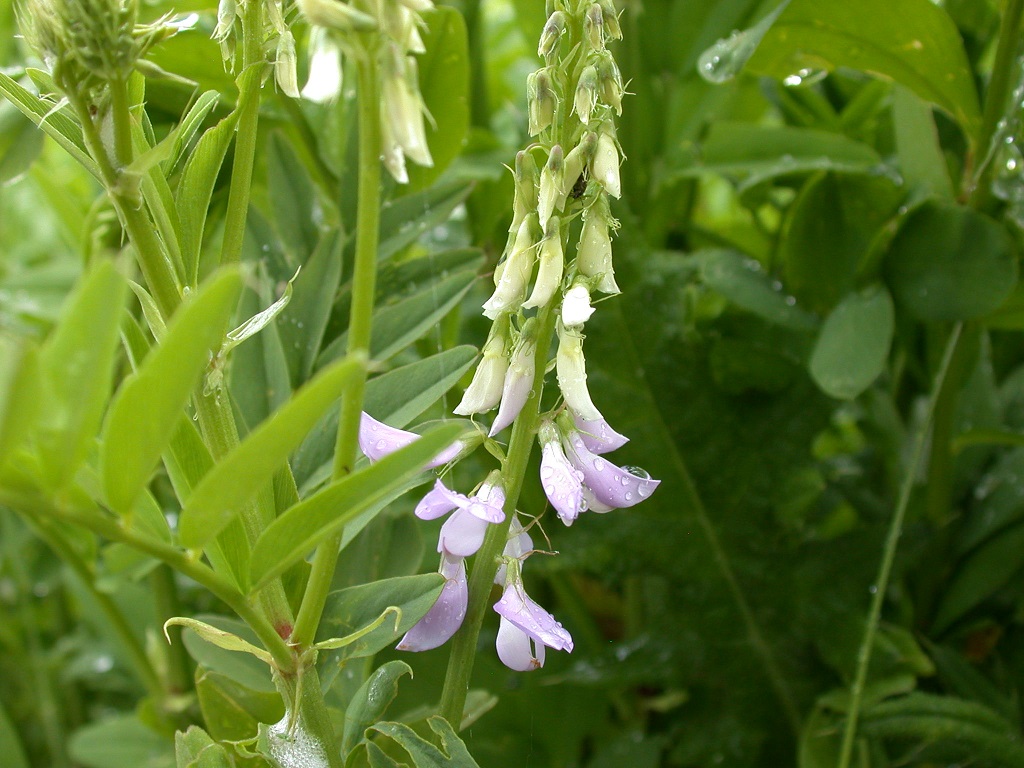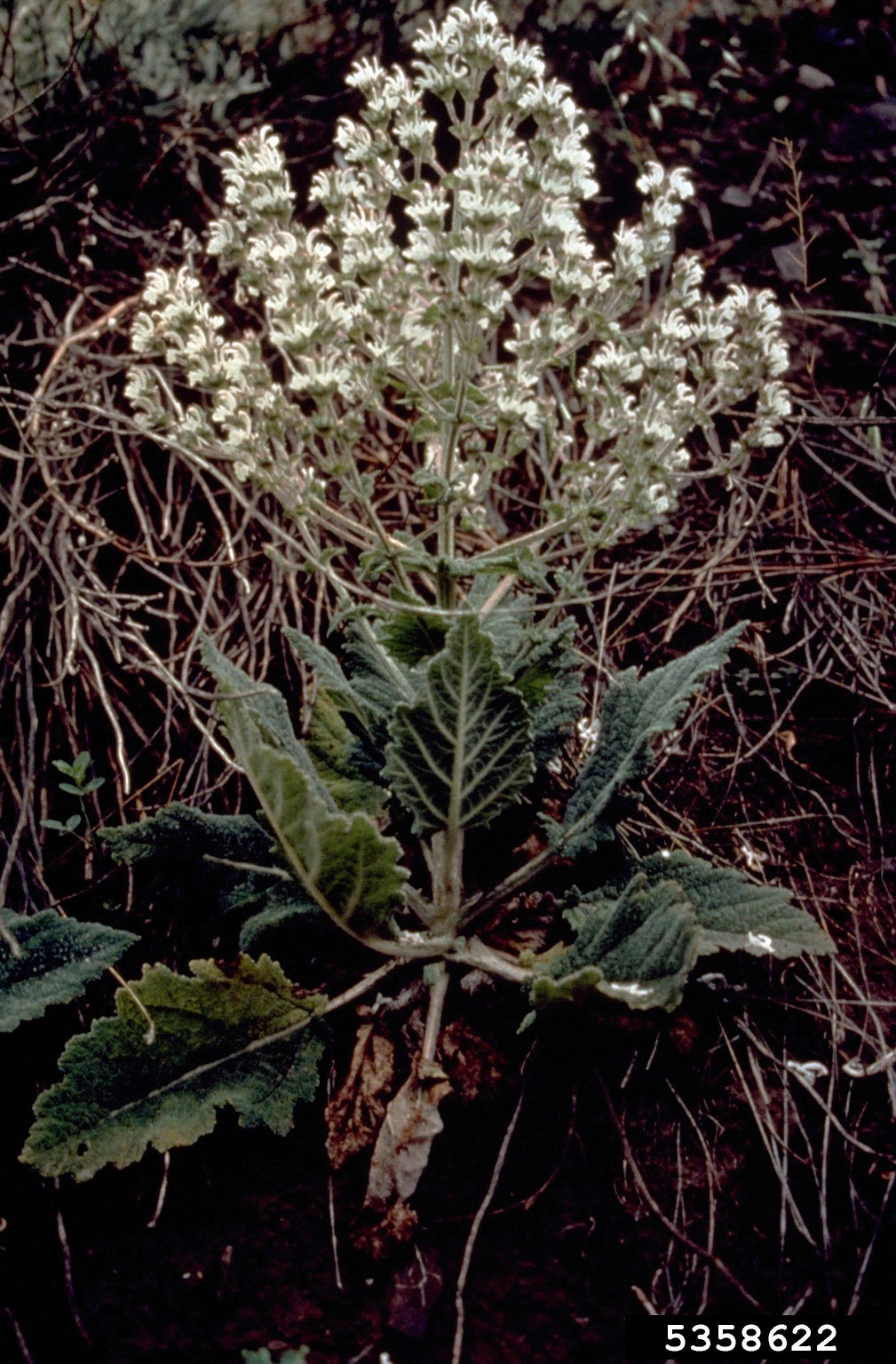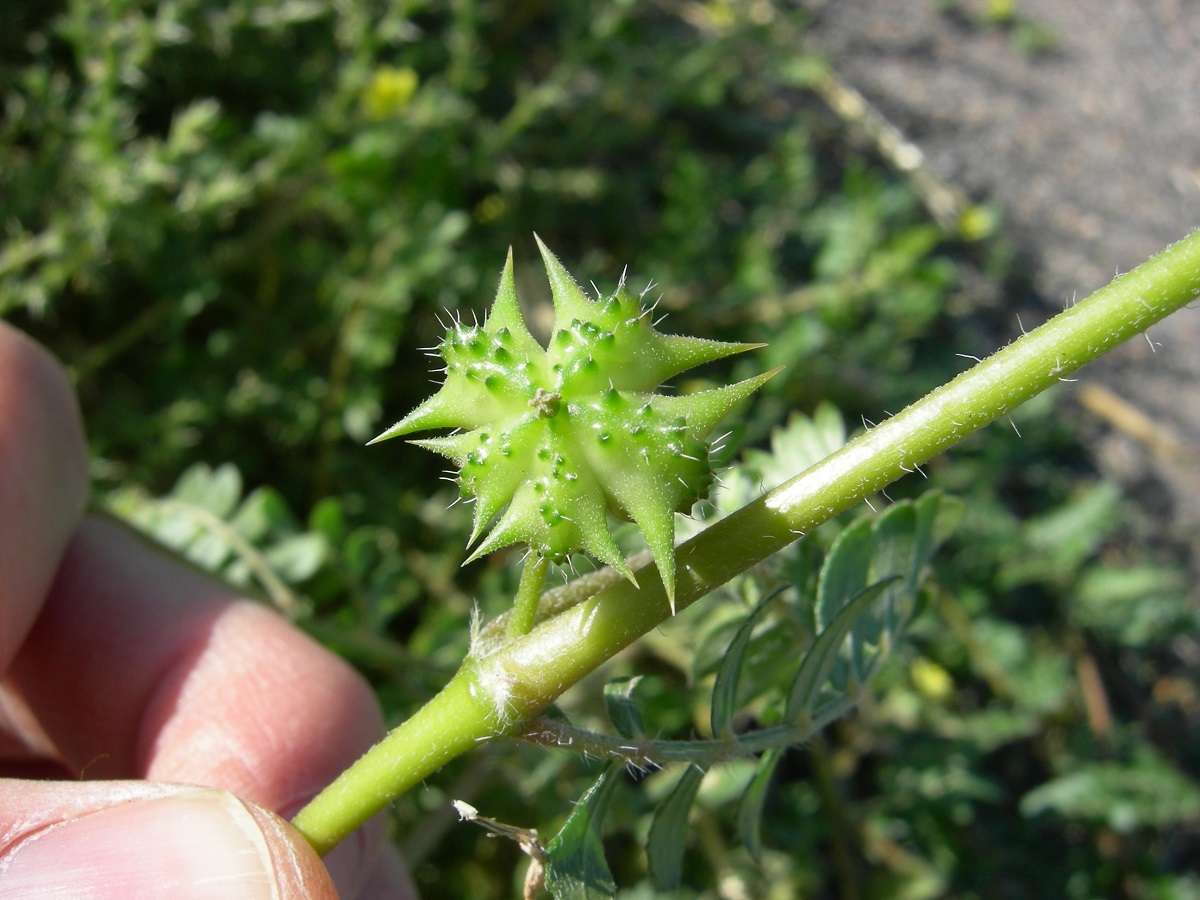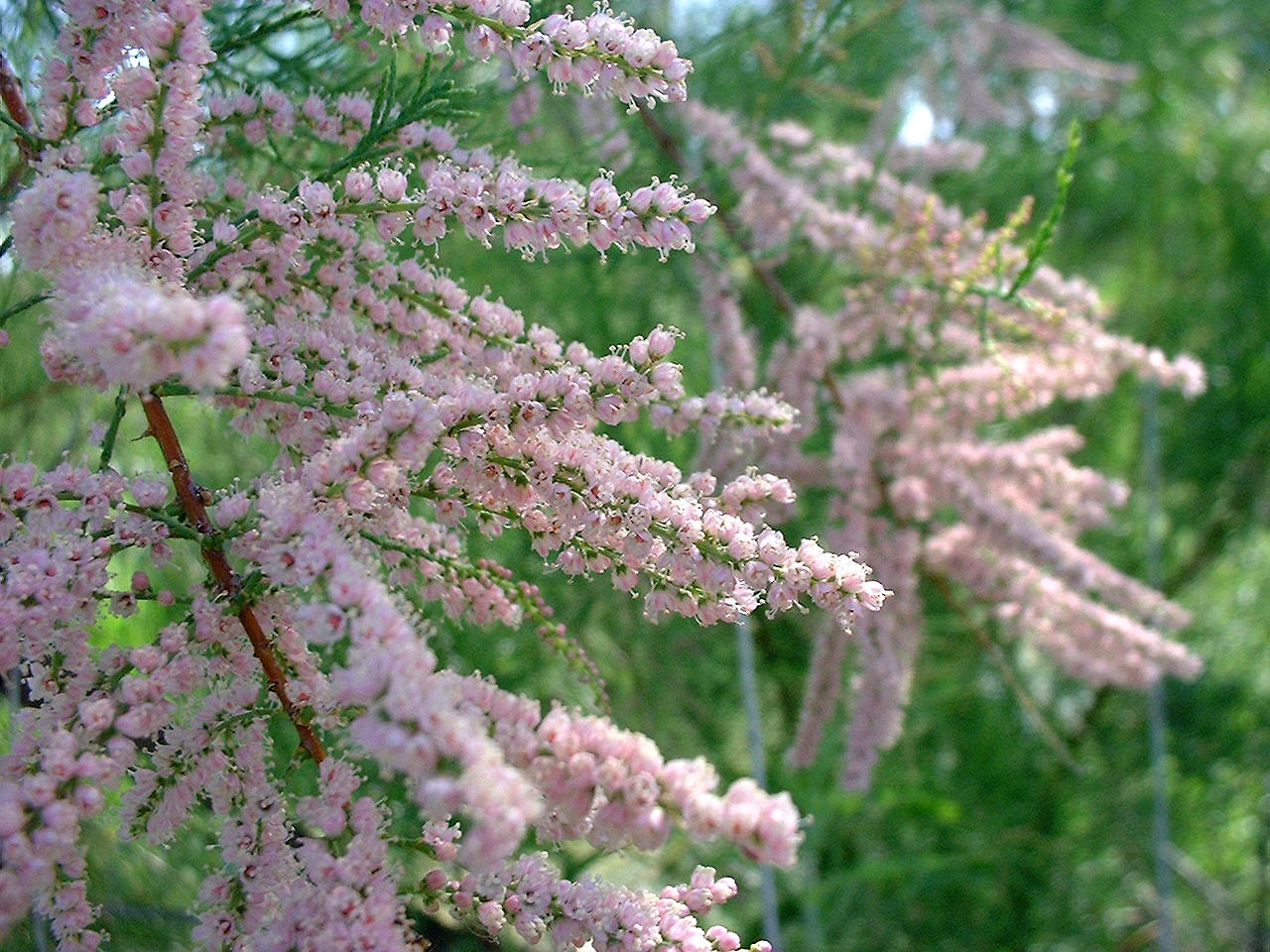Russian Olive
- Scientific Name: Elaeagnus angustifolia
BACKGROUND: Native to Eurasia. Russian olive is a weed of gardens, roadsides, pastures, waterways, cropland, meadows, and seasonally moist open areas. It can form thickets and be aggressively competitive, even on poor soils. It tolerates flooding, salinity, and drought. It is sold in nurseries.
DESCRIPTION: An open, irregular tree up to 35 feet tall. Young branches are silvery, while older branches are red-brown. Stems and branches bear 1-2 inch thorns. Leaves are narrow and oval-shaped, with silvery-gray undersides. Flowers are small, fragrant, yellow, and funnel-shaped. Fruit is olive-shaped and silvery, and becomes tan with age.
CONTROL: Do not buy or plant this tree. Young plants can be hand-pulled, or tilled or mowed repeatedly. Goat grazing is also helpful. Larger plants must be cut or girdled at or below ground level, and any regrowth should be removed. Herbicides can be effective.







